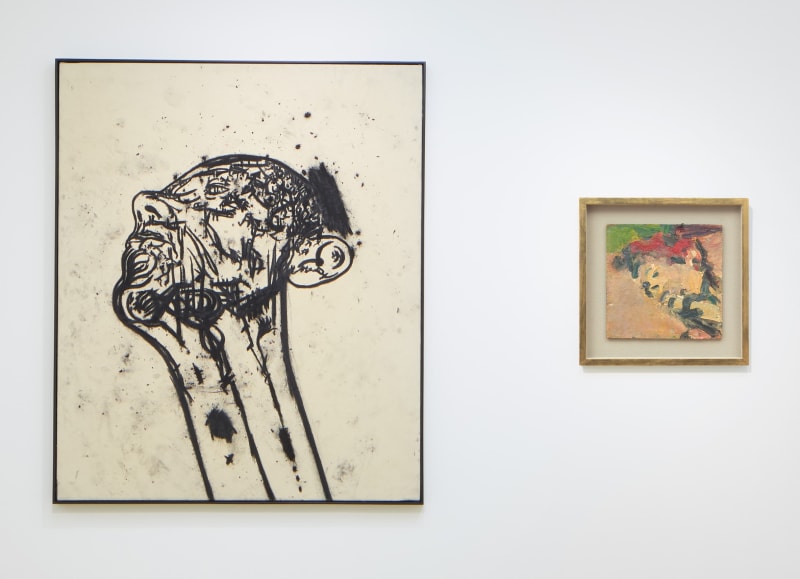Stepping into an art gallery after the interminable months of screen-watching was more slap than hug. There was a sense of having to learn something afresh, like trying on new shoes or feeling your teeth after a visit to the hygienist.
Those critics who have been making hay during the lockdown - readers of novels, watchers of TV, listeners to records, radios and podcasts - will have little to notice when they get out of the house. But we sailors on the choppy waters of art can feel the glorious spray of awakening in our faces!
The show itself was a curious event: a cross-generational double bill of Frank Auerbach and Tony Bevan, two artists who appear from some angles to have much in common, but from others to be strikingly different. Auerbach you know about. There are those who proclaim him to be the greatest living painter, and you'll get little argument from me on that score. Born in Berlin in 1931 to Jewish parents, forced to flee to England, his past locks him into the big darknesses of European history. He is a survivor, and the unwavering faith in oil paints he has exhibited gives his work a heroic aura.
Compared with him, most artists look lightweight. But not Bevan. Born in Bradford in 195l, he, too, is a figure painter who has never left his lane and displays an excellent firmness of purpose. There's something working class and Yorkshire about his doggedness. His art, though, feels younger, brighter, edgier. Its tonalities are postwar, Auerbach's prewar.



